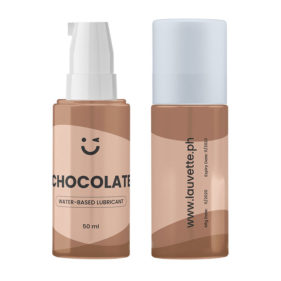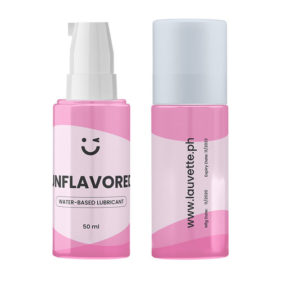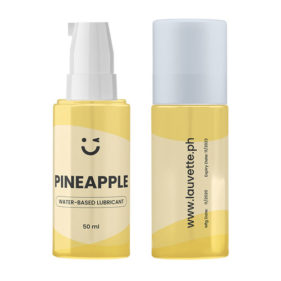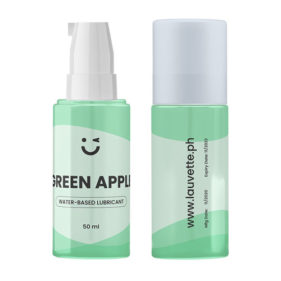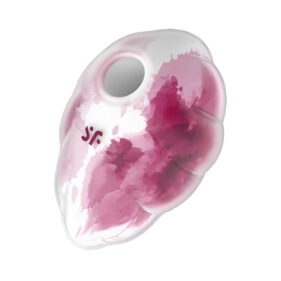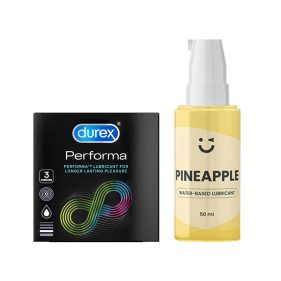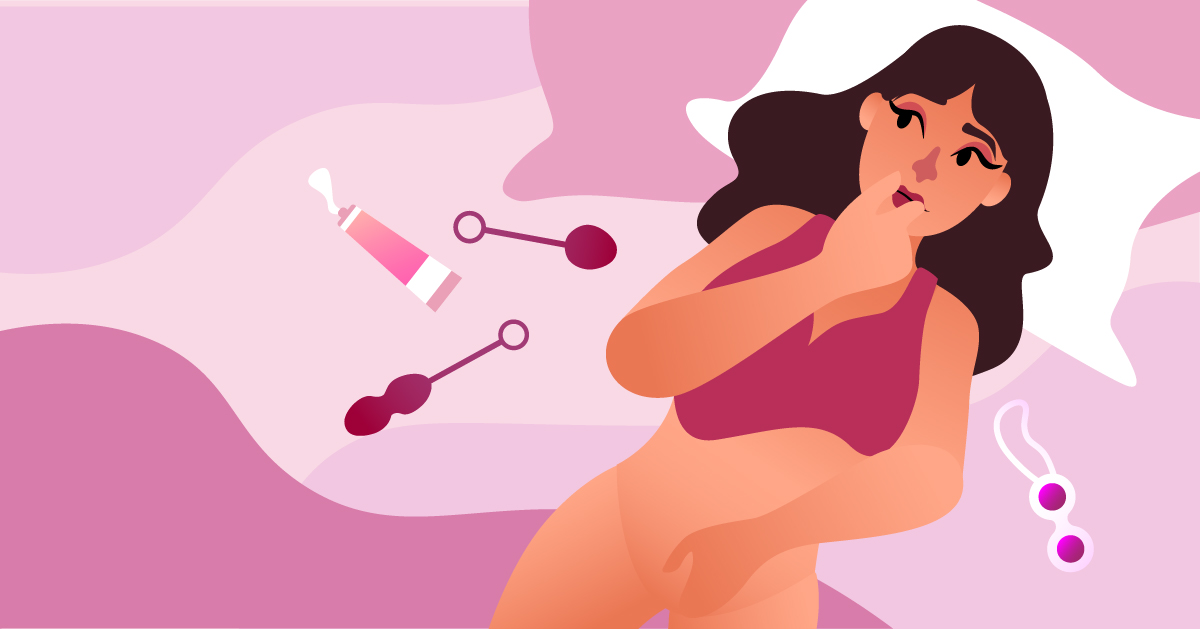
Did you know that vaginal yeast infections affect 3 out of 4 women? Studies show that women may experience this condition twice in their lifetimes.
If you’re new to this topic, you’re probably wondering what a vaginal yeast infection is. Don’t worry, as we will share the ins and outs of this condition, such as symptoms, causes, and treatment. We will also answer frequently asked questions about this one, so make sure to scroll ’till the end.
What is Vaginal Yeast Infection?
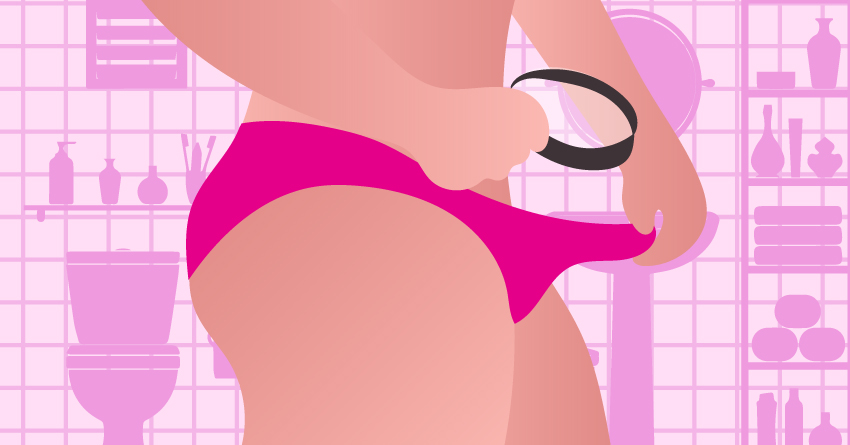
A Vaginal Yeast Infection is a condition caused by a fungal infection, resulting in vaginal irritation and discharge. Also known as vaginal candidiasis, a person who has this infection may experience intense itchiness in the vaginal and vulva (outer part of the female genitalia).
Though a yeast infection isn’t considered a sexually transmitted infection (STI), it can spread through sexual contact. So if you’re doing the deed with a woman who has this condition, you may also end up with it.
You’re probably wondering what type of fungus is causing this infection. It’s actually caused by a fungus called Candida. But before you try to get rid of this, keep in mind that it’s a common part of your vagina’s microscopic bacteria ecosystem.
However, if this fungus starts to grow uncontrollably, that’s when it becomes troublesome. This may happen when you’re having sex with someone and bacteria from your partner’s body enters your vagina’s microscopic bacteria ecosystem; this could trigger the infection. It can also be caused by the following factors:
Causes
- Having a weakened immune system – If you have conditions that compromise your immune system, such as HIV, it can contribute to candida overgrowth.
- Experiencing hormonal changes – If you’re going through something that could change your hormonal levels, such as taking hormonal birth control, pregnancy, or menopause, then you might get this due to the change of balance in your vagina.
- Living with diabetes – If you’re not managing your diabetes properly, there could be increased sugar in the mucous membranes in your vagina, resulting in yeast overgrowth.
- Taking certain antibiotics – Some antibiotics can actually kill the good bacteria in your vagina, resulting in candida taking over.
- Unprotected sex with someone who has yeast infection – As we’ve mentioned earlier, even if this isn’t considered a sexually transmitted infection, you can get it from an individual who has this condition through unprotected sex.
Symptoms
- Intense itchiness in the vagina and vulva
- White vaginal discharge that has a thick and cottage cheese-like consistency
- The vulva is flaky and has tiny cuts in it
- Swelling and redness in the vulva and vagina
- Uncomfortable burning feeling when urinating
How to Deal with Vaginal Yeast Infection
If you or someone you know has a vaginal yeast infection, here are some of the things you should know. In this portion, we will tackle topics from diagnosis, treatment to prevention of vaginal yeast infections:
Diagnosis of Vaginal Yeast Infection
After experiencing some of the uncomfortable symptoms of vaginal yeast infection, you’re now planning to see your doctor for a diagnosis. Here are some of the things you may expect on the checkup:
1Your doctor will inquire about your medical history.
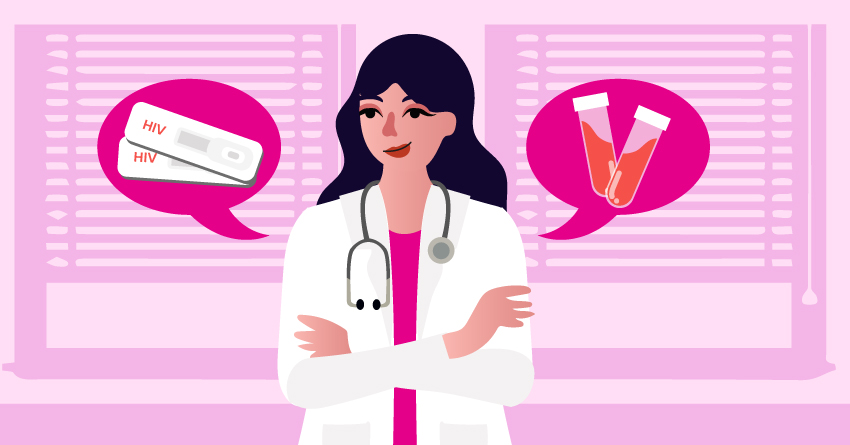
The first thing that a healthcare professional, unless they already had your information on file, is to ask questions about your medical history. We get that you may feel embarrassed to share your sexual history, previous infections, and the like, but you’ll need to be honest with your doctor as it’ll help them figure out your condition. Besides, a clinic is a safe space to share your medical history with; everything you’ll share with them is confidential.
2Your doctor will perform a pelvic exam.
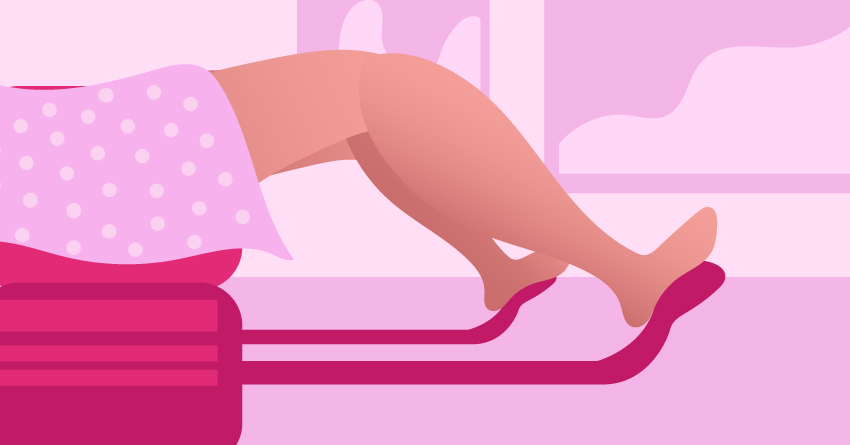
Once the initial briefing is done, your doctor may proceed with the pelvic exam. For this one, you will be sitting in a special chair or table, which provides your doctor access to your vulva and vagina. Using specialized instruments such as the speculum, the doctor will assess your vaginal wall.
3Your doctor will get vaginal secretions as test samples and send them on a lab.

After checking the condition of your vaginal wall, your doctor may collect test samples from your vaginal secretions to verify if there’s an overgrowth of candida in your vagina or if it’s caused by other fungus or bacteria.
Treatment for Vaginal Yeast Infection
Once you’re diagnosed with this condition, you will be given appropriate treatment. Below are some of the treatment options.
1Short-Course Vaginal Therapy
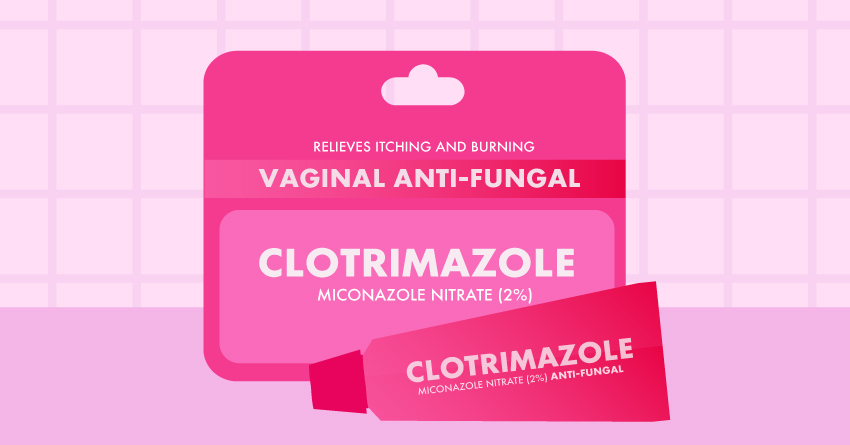
For mild cases of vaginal yeast infection, your doctor may prescribe you an antifungal medication. You will see positive results by taking this for three to seven days. They may come in creams, ointments, tablets, and suppositories.
-
₱4,745.00
-
₱4,745.00
-
₱6,745.00
-
Original price was: ₱4,745.00.₱4,270.50Current price is: ₱4,270.50.
2Single-Dose Oral Medication
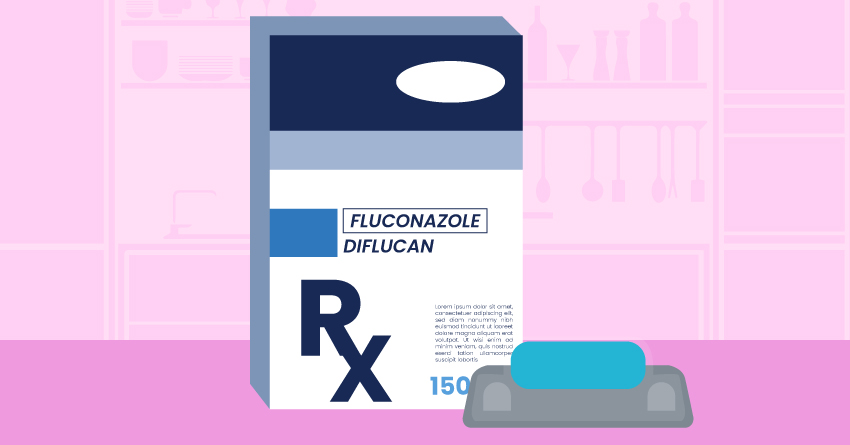
Another treatment option is a one-time, single oral dose of fluconazole (Diflucan). If you’re experiencing severe symptoms, your doctor may instruct you to take two single doses by three days apart.
3Long-Course Vaginal Therapy
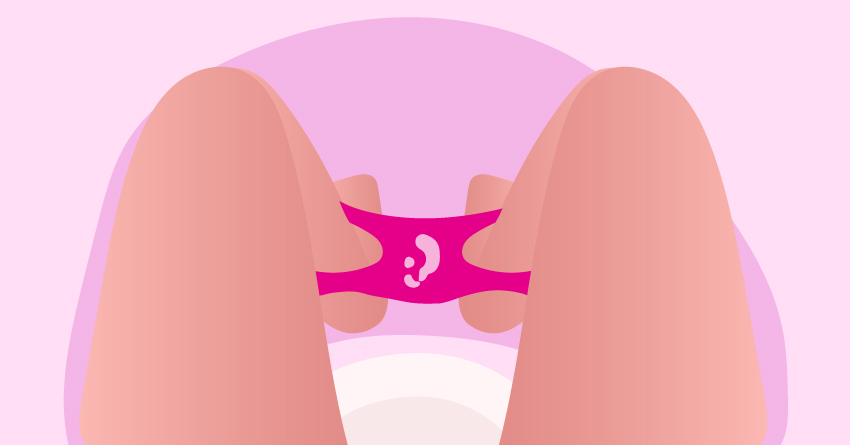
The Long-Course Vaginal Therapy is a treatment option for individuals with severe cases or frequent vaginal yeast infection episodes. This therapy involves taking antifungal medication daily for up to two weeks, followed by once a week for six months.
4Multi-Dose Oral Medication
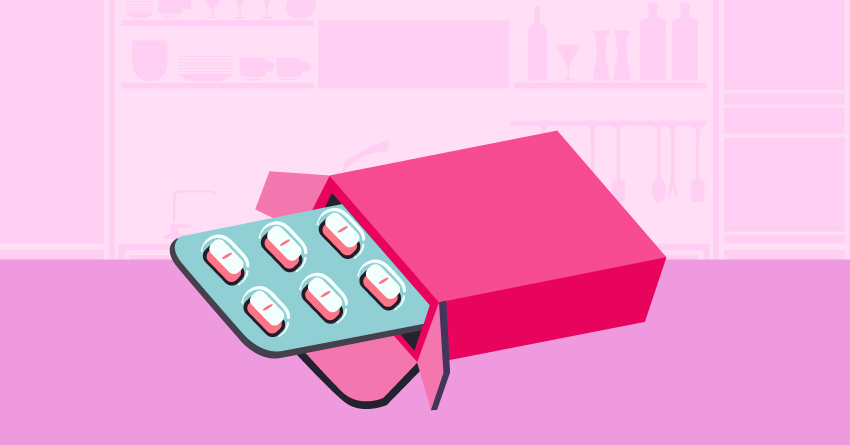
There’s also a treatment wherein it’s taken orally instead of applying the product on your vulva or vagina. However, this isn’t recommended for pregnant women.
Tips to Prevent Vaginal Yeast Infection
As the saying goes, prevention is better than cure. You may not get rid of the risk completely, but taking the necessary steps to ensure that your vagina is healthy will help you heal quicker, just in case you may end up with a vaginal yeast infection in the future.
1Wear cotton underwear.

Did you know that candida thrives loves moisture? They tend to grow further when in a damp environment. This is why you should avoid using underwear made with synthetic materials that don’t allow the vaginal to breathe, such as spandex and nylon. Your safest choice is cotton, as it absorbs moisture and gives your genitalia some room to breathe.
2Avoid tight clothing.

Some of you may prefer tighter pants, shorts, or skirts, as it gives you a rounder bum, but avoid this at all costs. It doesn’t give enough breathing space down there, which then increases moisture in your vaginal area and allows the candida fungus to thrive.
3Use mild, unscented soap and water when cleansing your vulva.
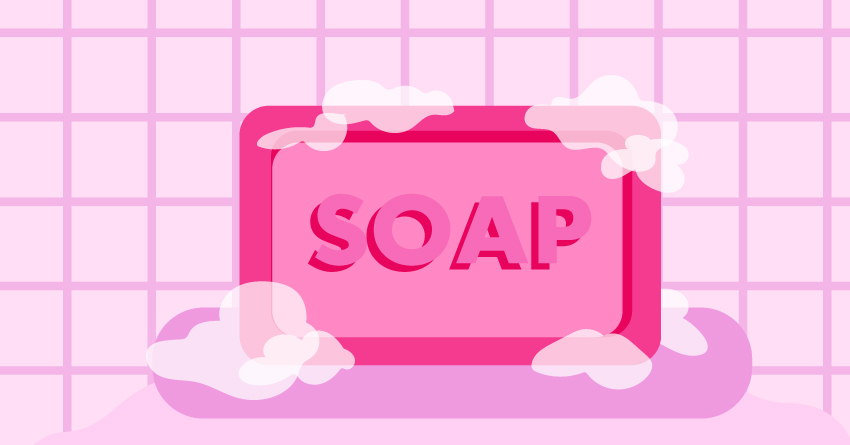
Avoid scented products in your vagina, such as scented soaps, feminine washes, bath bombs, and vulva sprays. No, your vulva is not supposed to smell like roses or refreshing beach wind. You don’t also have to spend so much money with vaginal cleansers and washes, as the vagina is a self-cleaning organ.
Also, your vagina contains plenty of “good” bacteria, which maintains the ideal pH balance— no need to get a product that promises to “balance” your pH out. Go for a mild soap with water; it’s not harsh on the vulva, and it will help keep your pH levels at a balanced level.
4Wash the vulva, not the vagina.
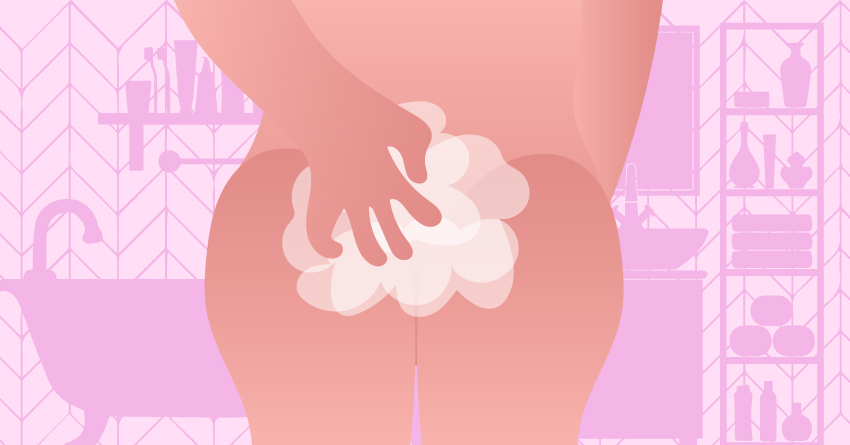
When washing your female genitalia, make sure to only clean the vulva (outer part), not the vagina (inner part). As we’ve mentioned, the vagina is a self-cleaning organ. Trying to wash the said area may only disrupt the bacterial balance and result in vaginal yeast infection.
5After using the bathroom, wipe from front to back.
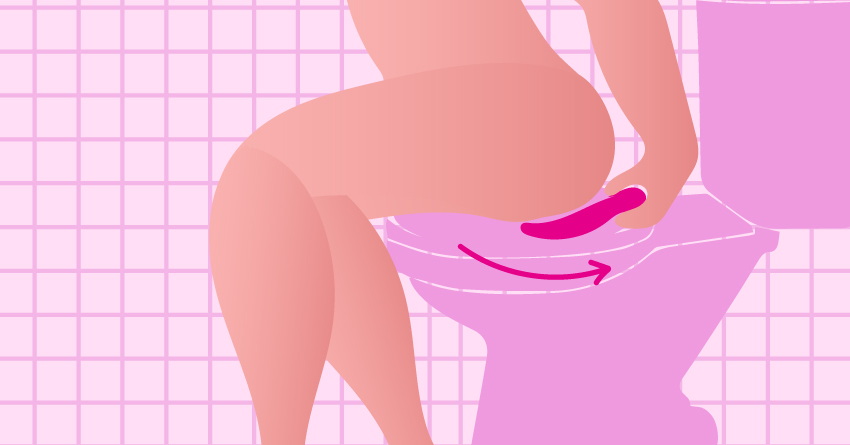
Always wipe your vulva after peeing, either with tissues. Don’t forget to wipe from front to back; this can prevent spreading yeast or bacteria from your anus to the vagina or urinary tract.
6Change out of wet clothes as soon as you can.
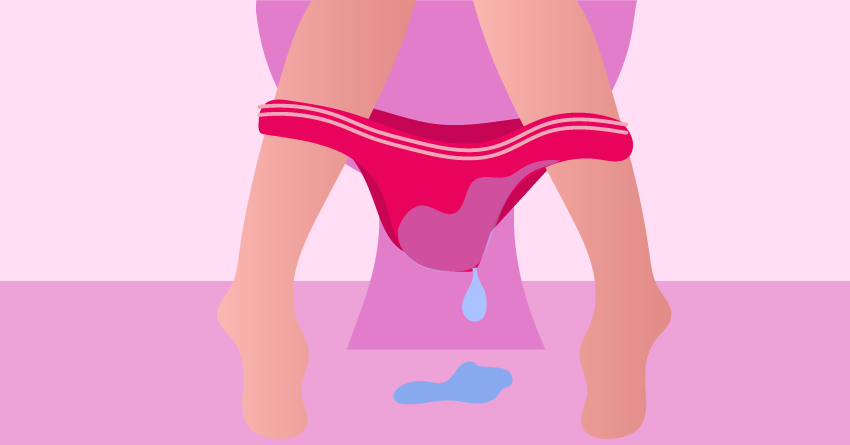
Whether you got wet from the rain or just had a blast swimming with your friends, get out of your wet clothing as soon as possible. Keeping your vulva and vaginal dry will prevent moisture and prevent you from having the infection.
7Choose glycerin-free lubricants.
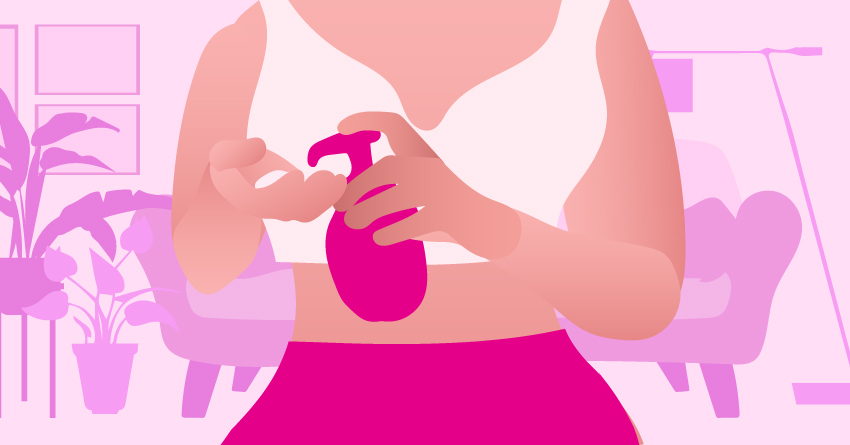
Lubricants with glycerin on them can contribute to the candida overgrowth, as it breaks down to sugars, which helps the said fungus thrive. It can also cause bacterial vaginosis. This is why it’s important to go for glycerin-free and water-based lubricants.
-
₱150.00
-
₱150.00
-
₱150.00
-
₱150.00
8Avoid sugary foods in your diet.
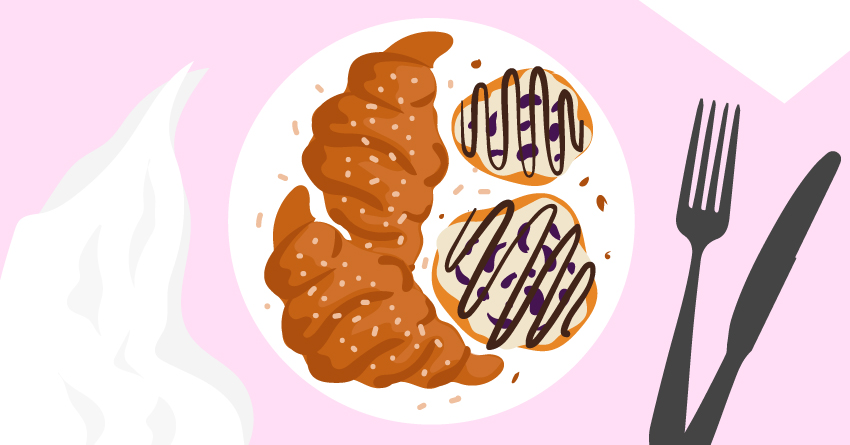
What you eat can also contribute to your recurring episodes of this condition. Yeast thrives on sugar. Make sure to keep your sugar levels close to normal, especially if you have diabetes. Your doctor may also recommend a “candida diet” if you have a severe case of vaginal yeast infection, which involves avoiding the following food items:
- White flour and rice
- Yeast-fermented foods or drinks
- Foods made up of simple sugars
9Eat foods rich in probiotics.
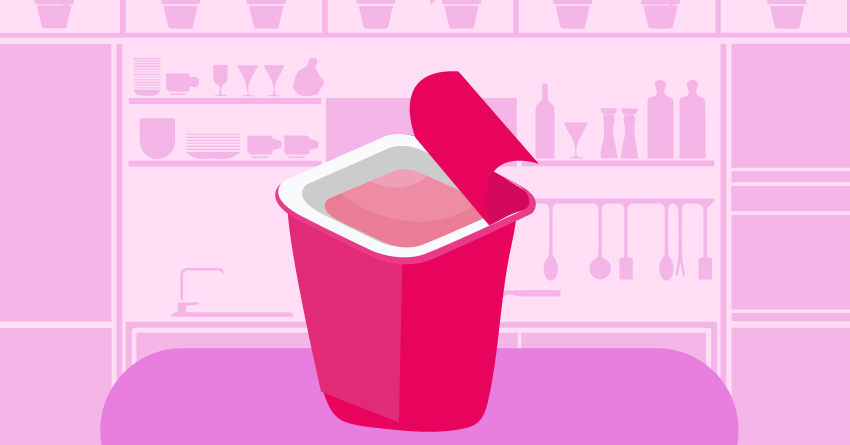
Did you know that probiotics can help balance the good bacteria in your body? This is why regularly consuming food items with probiotics can help you prevent this condition. Here are some of the good sources of probiotics:
- Lactobacillus or acidophilus supplements
- Yogurt with live bacterial cultures
- Fermented foods such as sauerkraut, pickles, kimchi, kefir, and kombucha
10Take time to relax and reduce stress.

A recent study shows that chronic stress can contribute to having a vaginal yeast infection. With that, make sure to get enough sleep, exercise, and leisure time to relieve stress.
11Make sure to pee after sex.
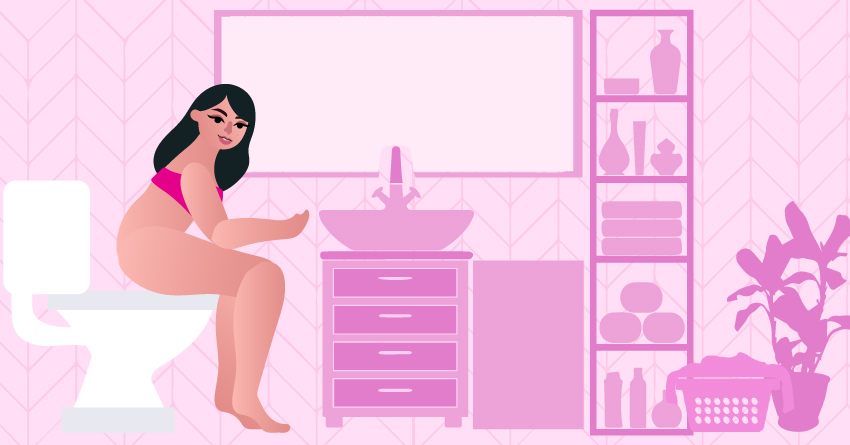
Of course, this post-sex activity is included in the list. Peeing after the deed will help you flush the unwanted bacteria out of your body. It also prevents disruption in your vagina’s pH balance.
12Clean your sex toys before and after using them.

Cleaning your sex toys before and after the deed is a must! Though this happens rarely, unclean love toys can introduce bacteria and trigger candida overgrowth. To ensure that your toys, especially penetrative toys such as dildos, are squeaky clean, use a sex toy cleaner after deep cleaning the toy with water and mild soap.
13Change your pads and tampons fairly regularly.
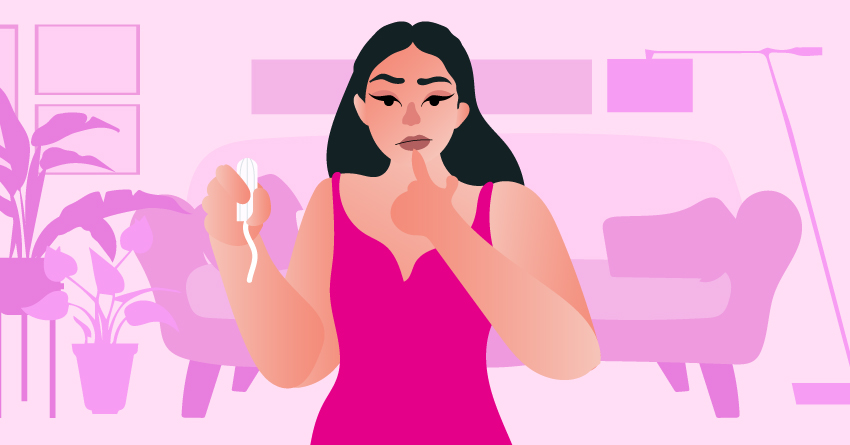
Avoid wearing tampons or pads for too long. Keeping them on for a longer duration helps the bad bacteria and fungus to thrive. With that, change pads or tampons every 3 or 4 hours (or less if you have heavy flow) as a good measure.
14Use protection during sex.

If you’re having casual relationships with multiple people, lessen your risk for vaginal yeast infections by using condoms or dental dams. It’ll lessen the chances of yeast infection transferring to your genitals during intercourse.
15If you’re doing food sex, do not let sugary foods inside the vagina.
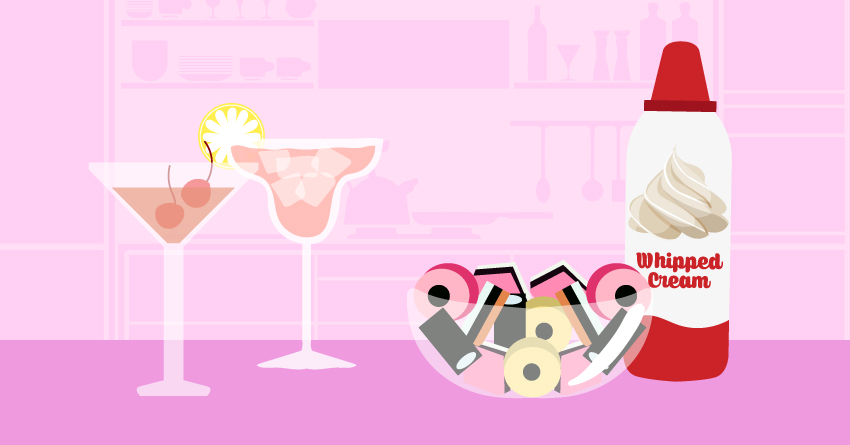
Food sex can be a very enticing experience as it’s a sensual practice that uses food as part of foreplay. We get it. Food sex can be highly fun but make sure never to let sugary food such as honey, whipped cream, or chocolate inside your vagina. Remember when we said that yeast loves sugar and damp places? Getting liquid, sugary substances inside there can disrupt your pH balance, allowing yeast to thrive and result in a yeast infection.
Frequently Asked Questions

Since this condition is quite common, we understand the lingering questions that you may be thinking about. We’ll be answering common questions about vaginal yeast infections below:
1What causes vaginal yeast infections?
A vaginal yeast infection is caused by an overgrowth of the microscopic fungus candida. Your vagina may safely have tiny amounts of yeast at any given time. But when too much yeast grows, that’s when the infection occurs.
2When should I consult a doctor for a possible yeast infection?
Consult your doctor if you’re experiencing vaginal yeast infection symptoms, especially if you’ve tried over-the-counter antifungal vaginal creams or suppositories, and it’s still not going away.
3Who usually gets vaginal yeast infections?
Women and girls of all ages may experience a yeast infection. As mentioned above, three out of four women will have a yeast infection at some point in their life. However, this condition is rare before puberty and after reaching menopause.
4Can I have sex while having a vaginal yeast infection?
If you want to have sex, you can do it. However, you may only feel discomfort throughout the deed due to intense itchiness. It can also affect your partner as they can get the infection through intercourse.
5If I have a yeast infection, does my sexual partner need to be treated?
A vaginal yeast infection isn’t considered an STI, but it’s still possible for your partner to get it through sex.
Let’s say you’ve had sex before you realize that you have this condition. The only thing that your partner can do is wait and see if they’ll be experiencing symptoms; refrain from having sex. If your partner is a man, the risk of infection is low, but if they have diabetes, they’re at a higher risk. As for lesbian couples, the other female partner is also at risk.
6How long does a vaginal yeast infection usually last?
It depends on the severity of the case. Mild yeast infections may clear up after a few days, while some cases may last longer, up to two weeks. To know if you’ve been fully healed from this infection, check the vaginal discharge; it should’ve returned to its normal consistency and smell. The itching should also be gone by then.
7Can I use home remedies to treat a vaginal yeast infection?
Yes, it’s possible to treat mild vaginal yeast infections with natural remedies, such as coconut oil, tea tree oil cream, and garlic, but for quicker healing time, we recommend getting treatment from your doctor.
8Is it safe to use over-the-counter medicines for yeast infections?
If you have a mild case, these over-the-counter creams and suppositories may work. However, if you’re experiencing intense symptoms, it’s better to go to a trusted healthcare professional. Also, remember that using treatment when you do not have a yeast infection can cause your body to become resistant to the yeast infection medication; don’t self-diagnose.
Takeaway
Vaginal yeast infections may be common, but not treating them properly can cause immense discomfort. This is why prompt treatment is necessary to reduce the uncomfortable symptoms within a few days.
Talk to your doctor if you have recurring yeast infection episodes that last longer than 2 months. Now, you are well-equipped with the knowledge of this condition, and we wish you the best of luck!




